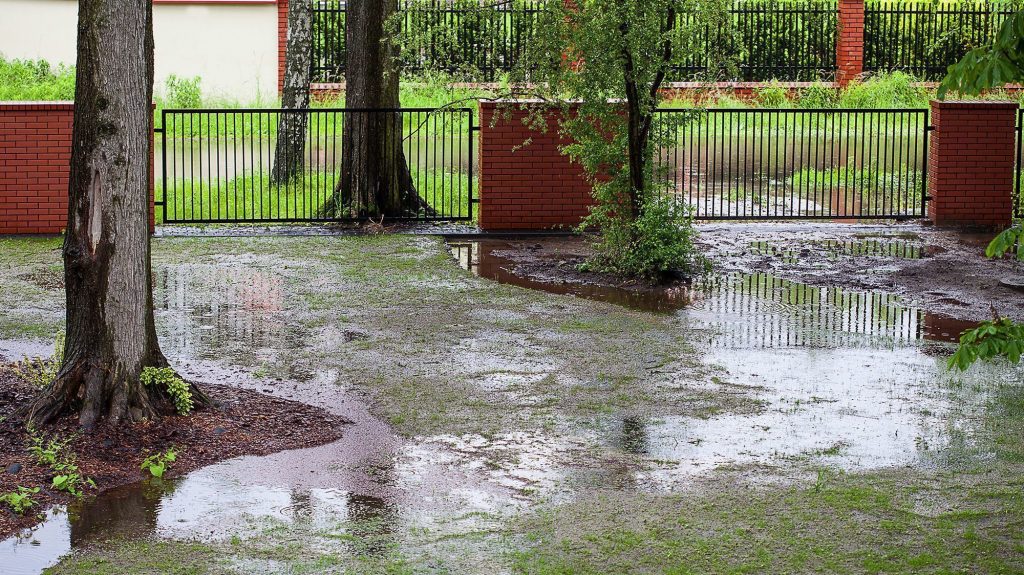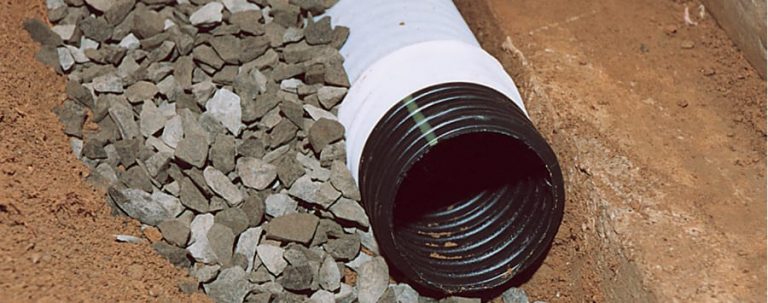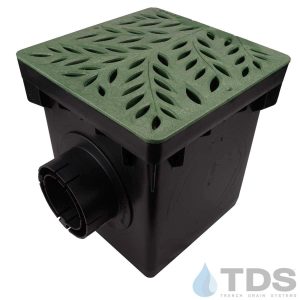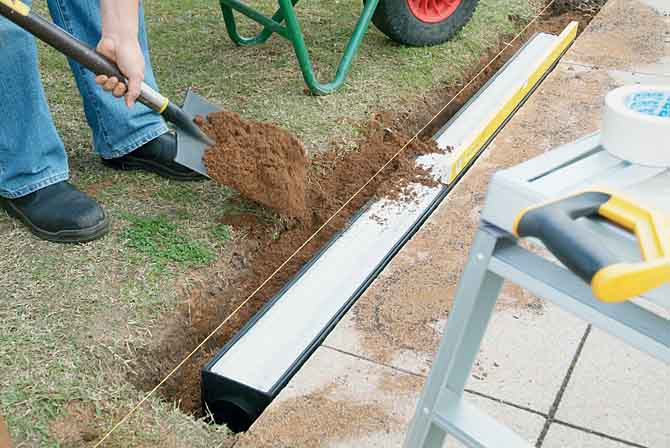Drainage Solutions for Victoria BC in 2022

Despite the wake up call for many over the recent flooding, many people in Victoria BC will once again be experiencing flooded basements, flooded driveways, soggy lawns, and other drainage problems before the winter is over. Here is a guide from a local landscaping company that will allow you tackle some of the problems yourself in 2022.
Where is the water coming from?
The first step is to find out where the water is coming from. Is it coming from a neighbor? Is it coming from your down spouts? Is it coming from one part of your property to another? Is it coming from the street? Or is there no discernible source and the water just happens to start pooling in problematic areas? The answer to this question will determine what steps we take.
French Drain

Is there visible runoff above the ground or is the water just pooling and sitting there with no source? If the water is just pooling with no source, then the water table may be too high. For this problem we will want to install a French Drain. To do that we will first need to find a low spot to exit the water to. Usually most houses in Victoria have an existing perimeter drain that is connected to the various downspouts. We commonly use this on our landscaping projects to route the water to.
To build a French drain, we will need to dig a trench 1.5-2 ft deep and about 1 ft wide. We will place a large piece of landscape fabric also known as filter fabric in the trench that is 5 ft wide by however long. Then we will place 4″ of 3/4″ clear crush gravel on top of this fabric. A 3″ or 4″ pipe will then be laid with a 1 degree slope downwards towards the existing perimeter drain. This will allow the water to naturally flow via gravity. You may use PVC or corrugated pipe. Be sure that this piping has holes and that the holes are pointed downwards towards the bottom of the trench. Then surround this pipe with more 3/4″ clear crush gravel so that the pipe is surrounded on all sides by at least 4″ of 3/4″ gravel. Then finally wrap the fabric around the entire appratus to protect it from mud and debris and place your lawn and topsoil on top of the fabric. A French Drain will help lower the water table albeit slowly.
Catch Basin

If the water is flowing in from a single point or collecting in a single pool, you may catch it with a catch basin. The catch basin, like the French Drain, can be routed to an existing perimeter drain around the house. To utilize a catch basin system, you will need to dig a hole slightly larger and deeper than the catch basin. Place 4″ of 3/4″ gravel at the bottom. Then place the catch basin, which is essentially a box, on top. Connect the catch basin via solid PVC piping to the nearest perimeter drain. Place gravel or dirt around the box to keep the drain from moving.
Channel Drain

If the water is coming from multiple avenues, a channel drain may be used to intercept the water before it has a chance to pool and then route it to a perimeter drain. We recently completed a landscaping job where we helped prevent the flooding of someone’s home office from runoff from a neighbour. A channel drain is installed exactly like a catch basin except instead of digging a single hole you’re digging a trench. A channel drain can be secured via concrete if it’s inside a driveway or by a concrete pad, or it can be secured with dirt and gravel like a catch basin.
Proper Drainage Solutions
The main point worth noting is that different drainage solutions work best for different problems. It is thus very important to find out where the water is coming from. If it’s run off, it’s best intercepted. If it’s surface water, it’s best to use a catch basin or channel drain. If the water table is too high and the ground is soggy, a French drain would be better. If the wrong solution is paired to the incorrect problem, then you will likely have wasted time, effort, and money and still end up with a mess.